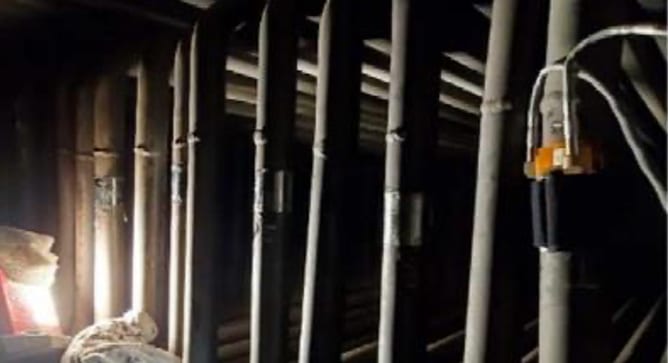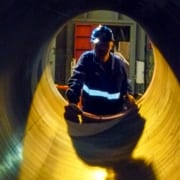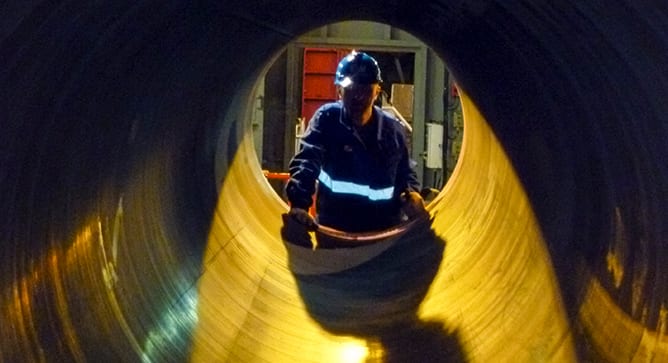News & Views, Volume 49 | Rapid Assessment of Boiler Tubes Using Guided Wave Testing

Tubing in conventional boilers and heat-recovery steam generators (HRSGs) can be subject to various damage mechanisms. Under-deposit corrosion (UDC) mechanisms have wreaked havoc on conventional units for the past 40-50 years and have similarly worked their way into the more prevalent combined cycle facilities that employ HRSGs. Water chemistry, various operational transients, extended outage periods, etc. all play a detrimental role with regards to damage development (UDC, flow-accelerated corrosion, pitting, etc.).




